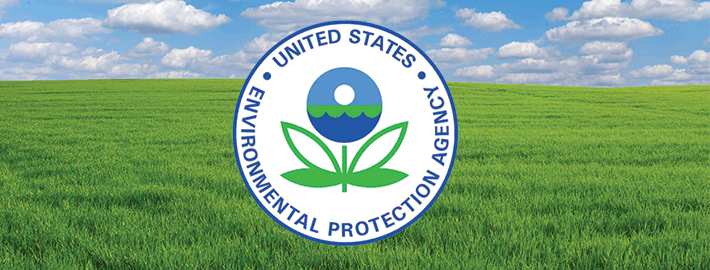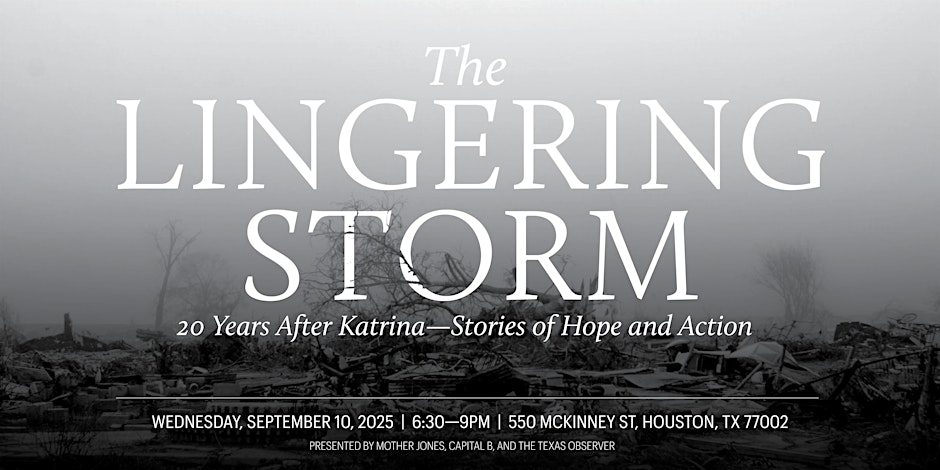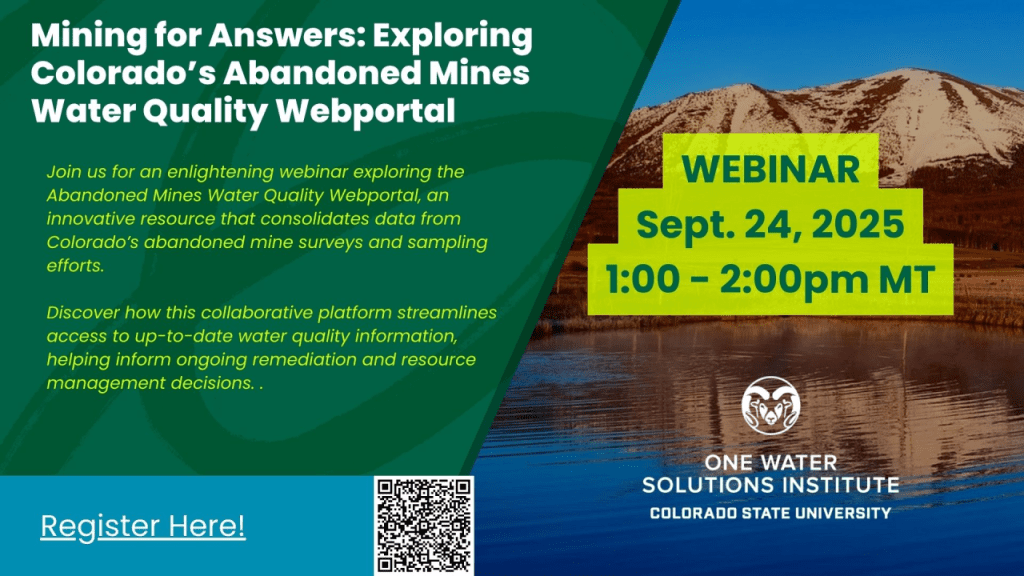EPA recently released a national geospatial dataset of community water system service areas. This dataset allows for the accurate linkage between drinking water providers and their associated consumers, opening a wide range of potential applications. This presentation will cover the development of the datasetꟷincluding data collection, machine learning methods, and evaluationꟷand will demonstrate how to access the data and how it can be integrated into other areas of research, such as environmental justice and health. Plans for updating this dataset going forward and strategies to improve drinking water research will also be discussed. |
|
|
Andrew Murray, EPA’s Office of Research and Development Andrew is a geographer with EPA’s Office of Research and Development, Center for Environmental Solutions and Emergency Response. He holds a doctorate in geography from the University of North Carolina at Chapel Hill. His research centers around drinking water and hydrological processes with specific attention to contamination, supply and environmental justice. Andrew conducts his research using geostatistics, spatial analysis and machine learning, principally using R computing language.
The California State Water Board, through the Safe and Affordable Funding or Equity and Resilience (SAFER) program, harnesses a set of tools, funding sources, and regulatory authorities to help struggling water systems sustainably and affordably provide safe drinking water. The SAFER program uses data to identify need and guide decision making on sustainable drinking water solutions, while direct engagement and partnership ensure solutions best meet the needs of each unique community. This presentation will discuss how data, direct engagement, and a breadth of experience create feasible consolidation solutions that offer the highest levels of water system sustainability and resilience. Where physical consolidation is impractical, increased creativity is needed to include managerial consolidation, regionally governed water districts, formal partnerships, and more.
Chad Fischer, California State Water Resources Control Board Chad is a supervising engineer at California’s State Water Resources Control Board, Division of Drinking Water, where he leads the effort on SAFER (Safe and Affordable Funding for Equity and Resilience). SAFER provides resources to and partners with communities and schools struggling to provide a reliable source of safe and affordable drinking water. Chad holds a B.S. in chemical engineering from the University of California, Berkeley, and a California Professional Chemical Engineer license. In his spare time, Chad enjoys hiking and backpacking in the Sierra Nevada mountain range, especially when he can convince his two teenage boys to join him. |

This event has passed.

Consolidation, Partnerships, and Regionalization
August 27, 2024 @ 2:00 pm - 3:30 pm
Event Series
(See All)

